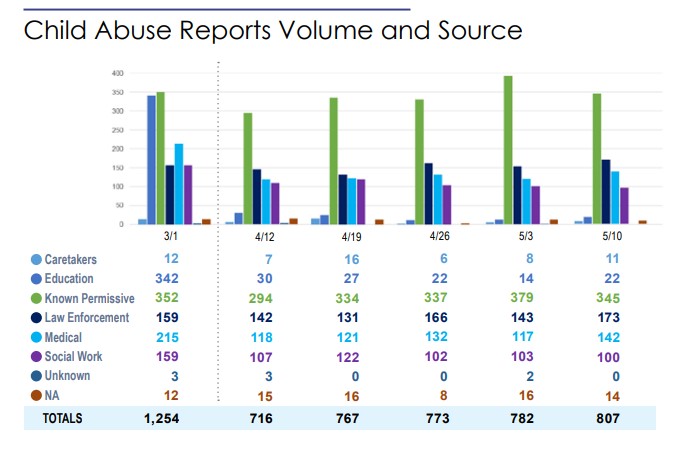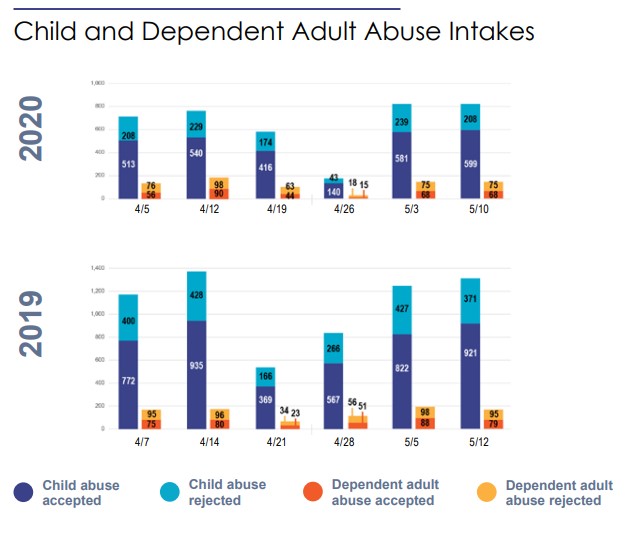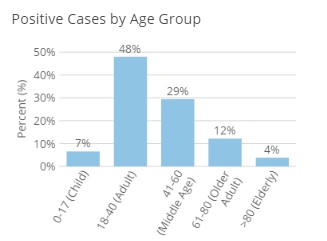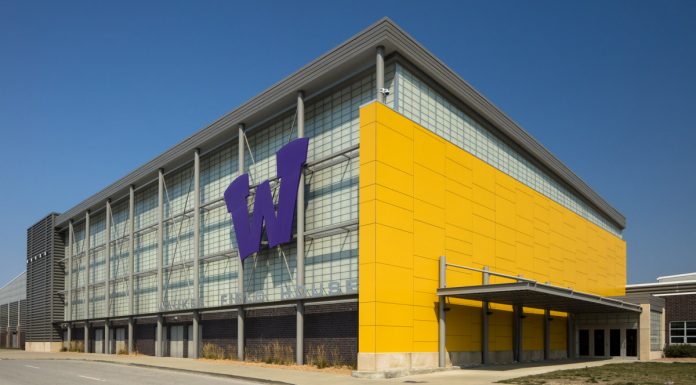On Tuesday, August 4, 2020 Governor Reynolds held a press conference in which she addressed local Return-to-Learn Plans. Some school districts are defying the law and the governor’s proclamation which is based on the law, which states schools need to have students in the classroom for at least fifty percent of learning. It is important to also note that if parents are uncomfortable with that requirement, they are able to choose 100% online learning for their student.
“This morning’s headlines read that some schools will choose to defy the governor by rejecting the very guidelines they request. I want to be very clear, schools that choose not to return to school for at least 50% in-person instruction are not defying me, they are defying the law,” said Reynolds. “The Legislature unanimously passed a bill, Senate File 2310, requiring in-person learning as the primary mode of education and that’s what we are working to implement.”
Governor Reynolds further stated that schools who choose not to follow the proclamation will not get credit for those hours of instruction. Meaning those hours will need to be made up. School administrators could also face licensure penalties. Out of 367 school districts, only five districts have made statements that they will not be following the fifty-percent in-person order: Urbandale, Waukee, Des Moines, Ames, and Iowa City. Iowa City has delayed the first day of school until Sept. 8. State officials will meet with administrators from these five districts in hopes of resolving the issues.
Lost in the disagreement is the fact that parents maintain control over their student’s learning environment if school districts will allow it. Parents are able to choose to send their student to 100% in-person learning at school or they can choose 100% on-line learning. Why these five school districts are unwilling to allow parents that option is unclear.
Governor Reynolds also said that there will be a state-maintained website that will list the 14-day rolling average of positive Covid-19 cases in every school district. Once the positivity rate reaches 15% and at least 10% of students are absent, district officials may seek state permission to send all students home and shift to online instruction for 14 days. If the rate is anything less than 15%, on-site learning will take place.
The guidance states that “the importance of in-person learning is well-documented, and there is already evidence of the negative impacts on children because of school closures in the spring of 2020. Lengthy time away from school and associated interruption of supportive services often results in social isolation, making it difficult for schools to identify and address important learning deficits as well as child and adolescent physical or sexual abuse, substance use, depression, and suicidal ideation. This, in turn, places children and adolescents at considerable risk of morbidity and, in some cases, mortality. Beyond the educational impact and social impact of school closures, there has been substantial impact on food security and physical activity for children and families.”
Unfortunately, school closures have had more of a negative impact on Iowa children than COVID-19. Below you will see two charts from the DHS COVID Dashboard depicting child abuse reports and intakes. In the first chart, you will see that on March 1st, before schools closed, DHS was receiving 1,254 calls per week from mandatory reporters, including teachers, and the public that witnessed potential abuse of an Iowa child. Contrast that to the week of April 12th, with schools closed and medical providers seeing children less for appointments, there were only 716 calls to the child abuse hotline.


This is also reflected in Iowa’s COVID data that has shown that only 7% of cases in the state since the very beginning have been in those under the age of 18.













